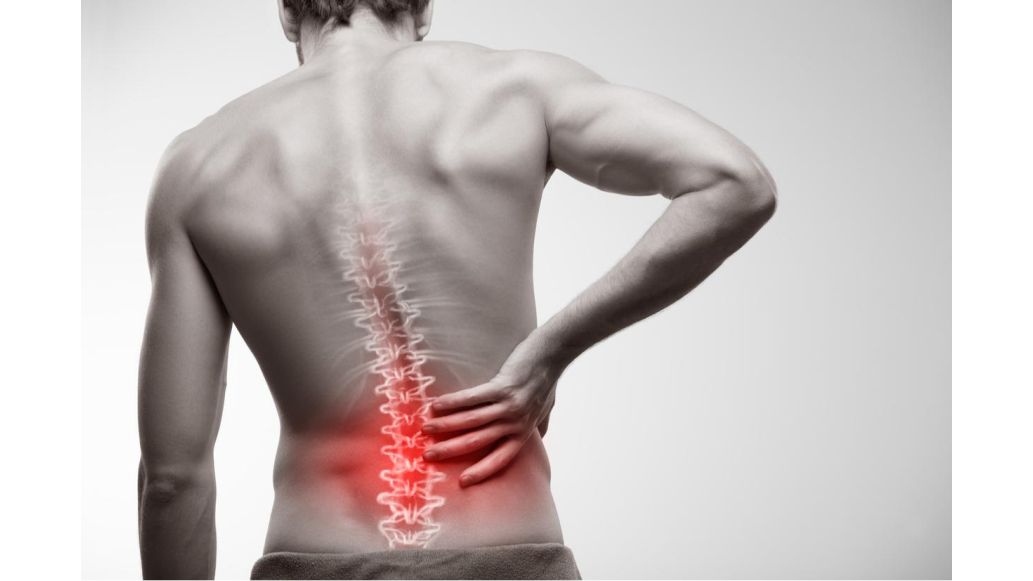There are more than 3 million cases of sciatica each year.1 Sciatica is characterized as pain stemming from the sciatic nerve. It is typically felt in the lower back and can extend to the legs. Sciatica can make everyday tasks difficult or impossible to complete. However, measures can be taken to reduce your risk of sciatica or treat the resulting pain.
Sciatica Symptoms
What does sciatica look and feel like?
- Back, leg, hip, and buttocks pain
- Lower body muscle weakness
- Pain that ranges from mild to severe
- Sharp or burning pain
- Numbness or pins and needles feelings in the legs
What Causes Sciatica
Sciatica is a name for the back pain that is felt because of a problem in the sciatic nerve. Damage and irritation to the sciatic nerve can have a number of causes. Some of the most common include:
- Herniated discs - the nucleus of a disc that separates two vertebrae is pushed out and pinches the sciatic nerve
- Bone spurs - overgrowth of a vertebrae bone that presses into the sciatic nerve
- Spinal stress - putting extra pressure on your back through heavy work or weight gain
- Prolonged sitting - staying seated for too long can put pressure on the sciatic nerve2
General Back Pain Versus Sciatica
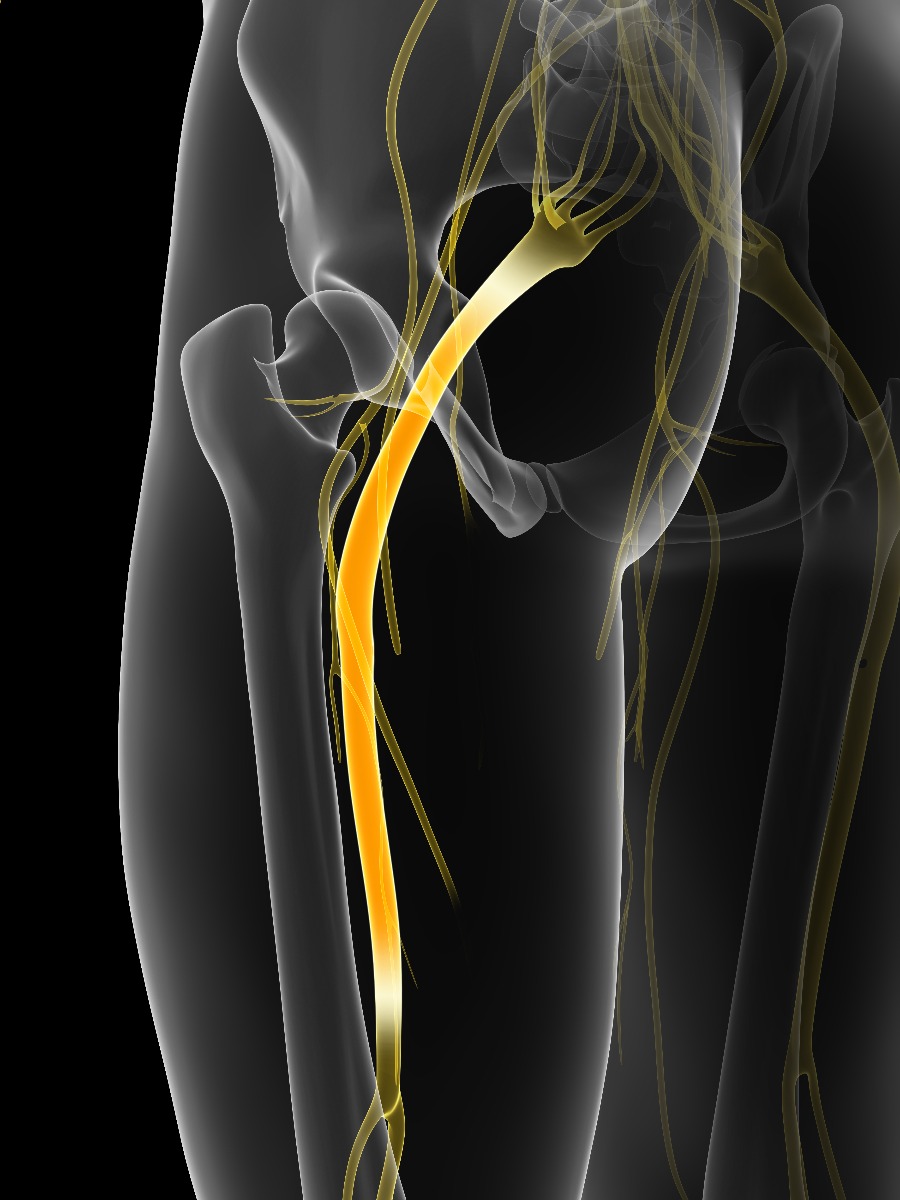
Sciatica is another name for back pain, but it refers to pain that specifically stems from complications in the sciatic nerve. The sciatic nerve begins in the lower back and extends to the back of the knee where it splits into the tibial and common peroneal nerves.3 It is the largest nerve in the human body and, because of this, can cause problems and pain in the lower back, legs, trunk, feet, and other parts of the lower body.
Because sciatica is the result of other nerve issues, multiple tests can be used to diagnose the root problem. X-rays will typically show bone spurs while MRI’s and CT scans help reveal a herniated disc.
If pain persists for more than a few days or if your symptoms worsen, consult with your doctor as soon as possible4. If you experience loss of bladder control or bowel movement, or leg immobility, call emergency services immediately.
At Home Treatment Options
There are a number of ways to treat sciatica that are easy and accessible from the comfort of your own home. If any of these treatments cause the symptoms to worsen, stop and consult with your doctor about that treatment before going forward.
Hot and Cold Packs
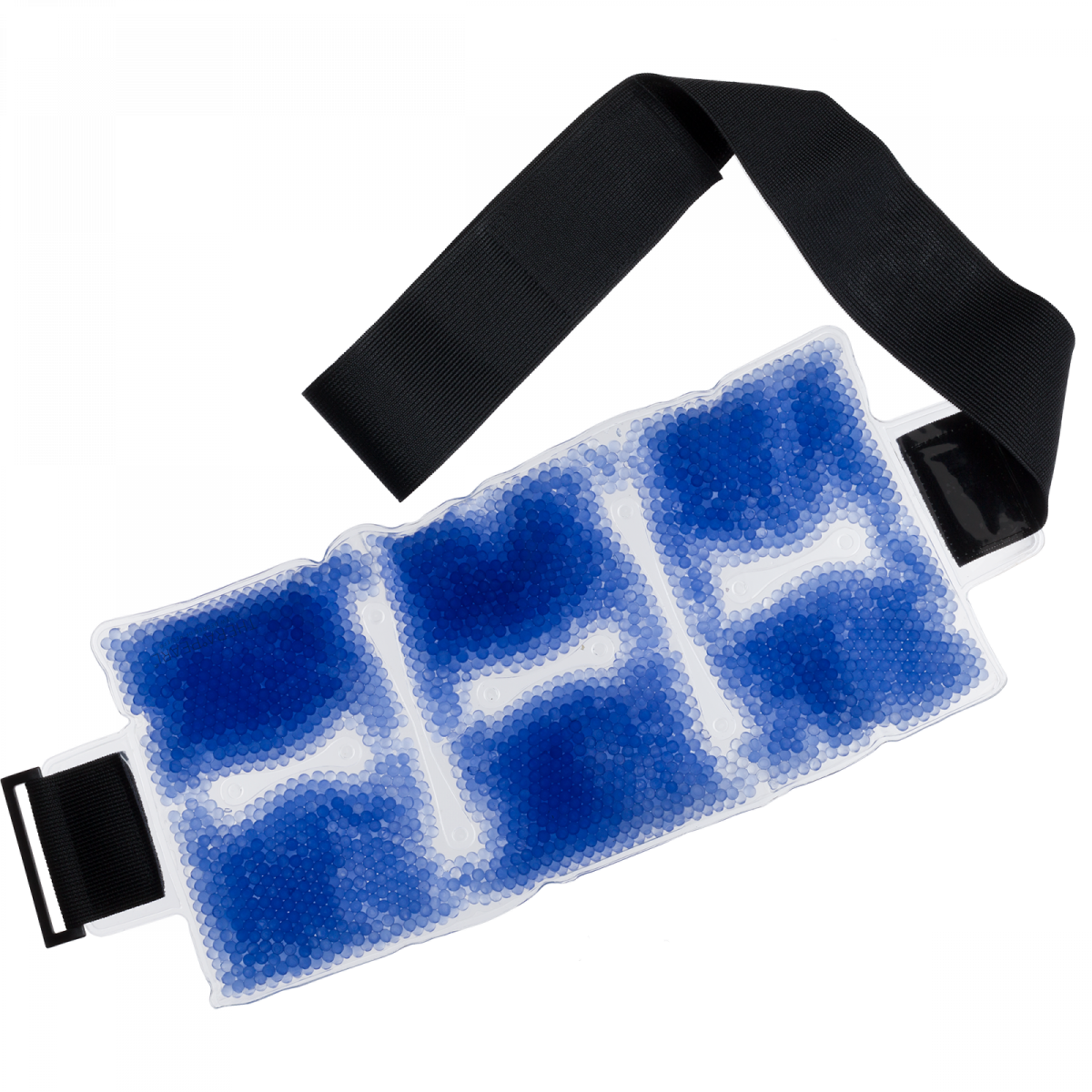
Applying soothing heat or pain-numbing cold to the affected area are both effective ways to manage pain. Cold packs and ice should be used within the first two days of an injury because they slow down circulation. This can help reduce swelling and inflammation in the affected region of the body. Hot packs and heat wraps are best used 48 hours after an injury occurs. They open blood vessels and help with chronic muscle pain.
Topical Pain Relievers

Sometimes the simplest of solutions is the most effective. Biofreeze is the number one clinically-recommended topical pain reliever. It uses cooling menthol to override pain receptors and alleviate pain.
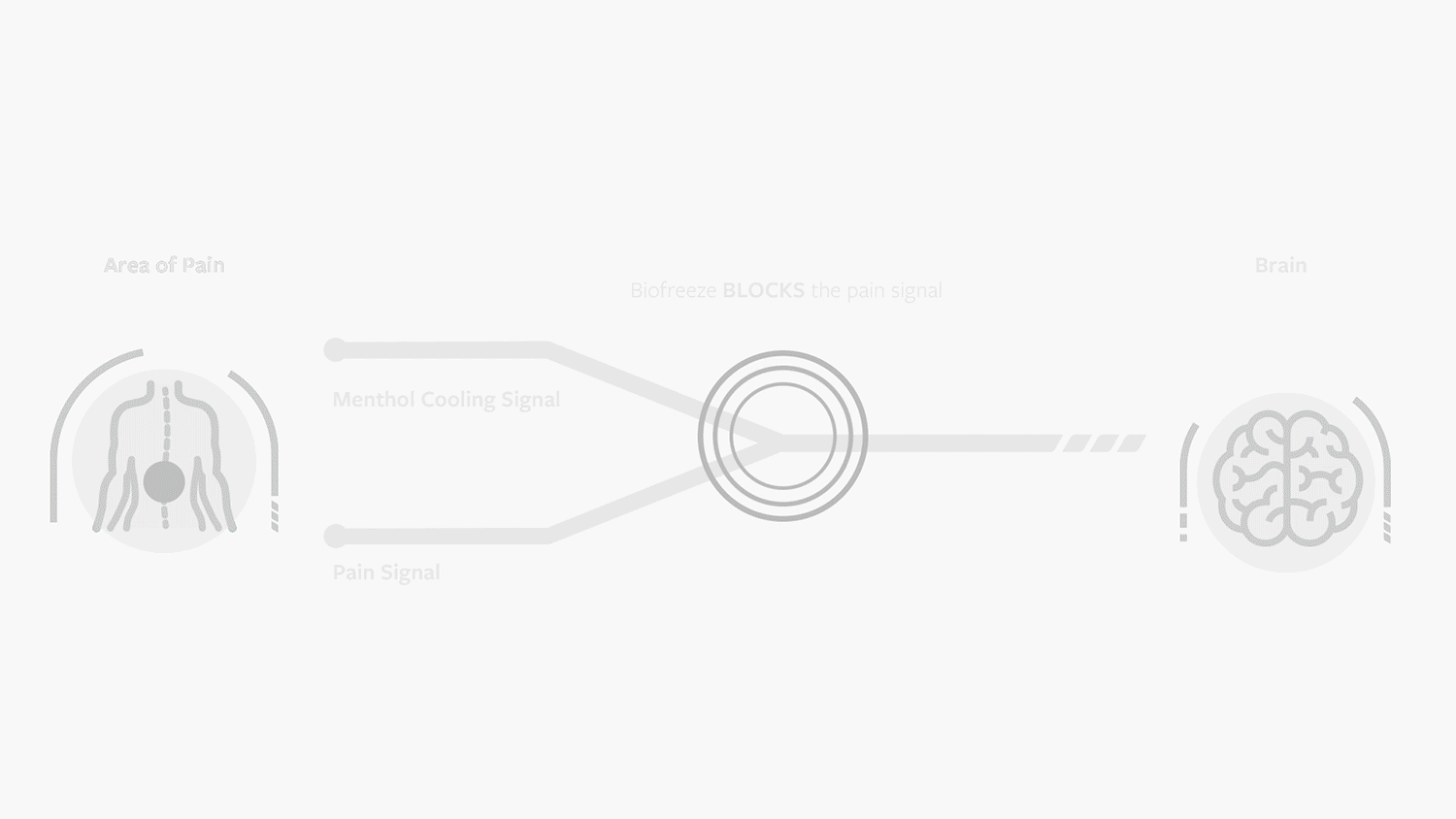
TENS Units
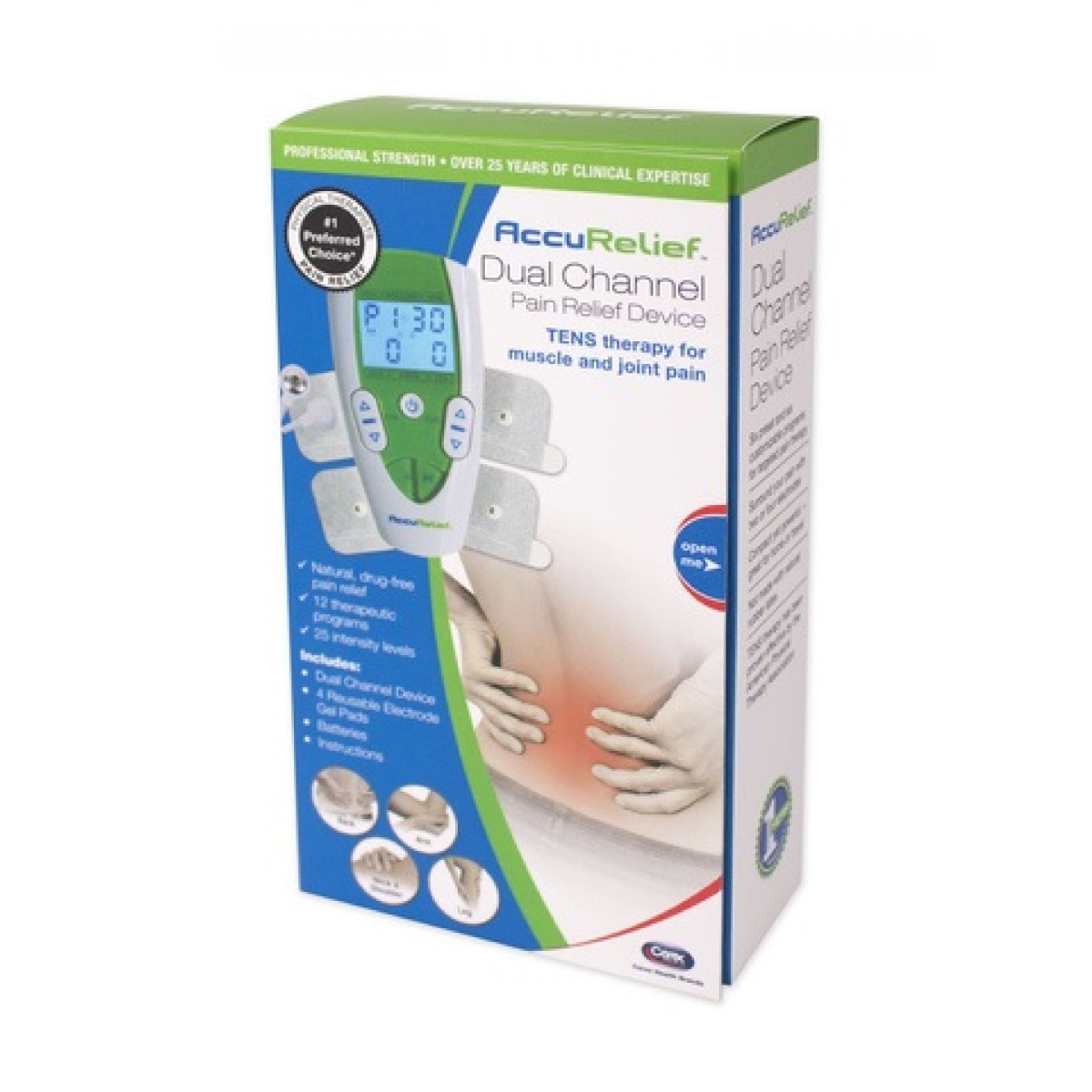
Transcutaneous electrical nerve stimulation, or TENS, is the process of transmitting an electric signal into your skin. This is done with electrodes attached to a TENS unit. The electrodes are placed surrounding the pain point of your body (based on your medical professionals recommendation) and are believed to relieve pain in one of two ways:
- Based on gate control theory, nerves can only send one signal and the electric signal of the TENS unit overrides pain signals
- The electrical current causes the brain to release endorphins which relieve pain
Learn more about using a TENS unit for pain relief!
Getting Ahead of Back Pain
Exercising your lower back and living an active lifestyle is the first step in preventing sciatica and other forms of back pain. Regular workouts are the best way to build lower back strength, stretch your muscles, and prevent future injuries. Here are five of our favorites:
Thera-Band Trunk Extension
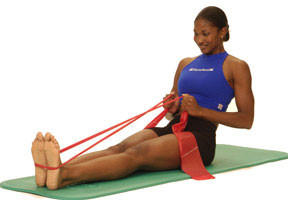
- Sit with legs extended and a TheraBand Resistance Band around the middles of your feet
- Grip an end of the band in each hand, keeping your hands near your chest
- Lean backward, stretching the band while keeping your back straight
- Slowly return to the starting position
Thera-Band Trunk Sidebend-Overhead

- Stand straight with your feet shoulder width apart and a slight bend in your knees
- Hold the end of an resistance band in each hand with the middle beneath your feet
- Raise one arm and straight up and lean away from that side
- To modify the overhead reach, keep one arm bent at 90 degrees, elbow tucked to the body and hand at chest height holding the band. Bend to the opposite side
Pro Foam Roller with Wrap Back Release
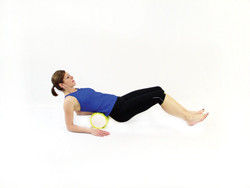
- Sit on the floor in front of a TheraBand Pro Foam Roller with a Roller Wrap
- Lean back slowly, resting the middle of your back on the roller, using your hands and forearms to stabilize movement
- Push with your heels to roll your body back and forth over the roller
- Straighten your knees to move the roller across your lower back
Roller Massager+ Neutral Low Back Release
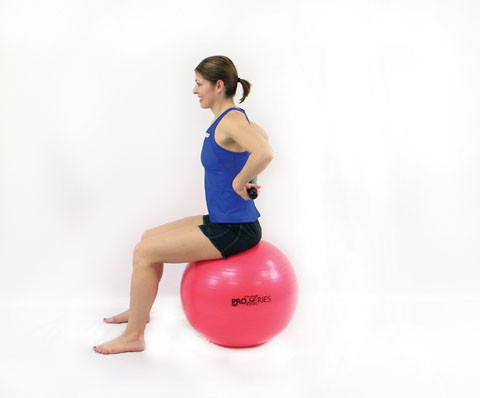
- Sit on a stability ball with your feet planted firmly on the ground and hold a TheraBand Roller Massager+ on your lower back
- Roll the massager up and down the lower back muscles, applying as much pressure as is comfortable
Looking for an exercise to do at work? Try the Theraband CLX Sit-to-Stand.
References
- Mayo Clinic Staff. “Sciatica.” Mayo Clinic, Mayo Foundation for Medical Education and Research, 26 Sept. 2019, https://mayocl.in/3bVnT6c
- “Herniated Disc.” AANS, https://bit.ly/38Y1Ole
- “Sciatic Nerve.” Wikipedia, Wikimedia Foundation, 13 Nov. 2019, https://bit.ly/2wAb54U
- Fink, Jennifer L.W. “Sciatica Nerve Pain: When to See a Doctor for Sciatica.” Sciatica Nerve Pain | When to See a Doctor for Sciatica | Healthgrades.com, Healthgrades, 13 Feb. 2020, https://bit.ly/38Mkjt1
Medical Disclaimer: The information provided on this site, including text, graphics, images and other material, are for informational purposes only and are not intended to substitute for professional medical advice, diagnosis or treatment. Always seek the advice of your physician or other healthcare professional with any questions or concerns you may have regarding your condition.








 France
France Australia
Australia